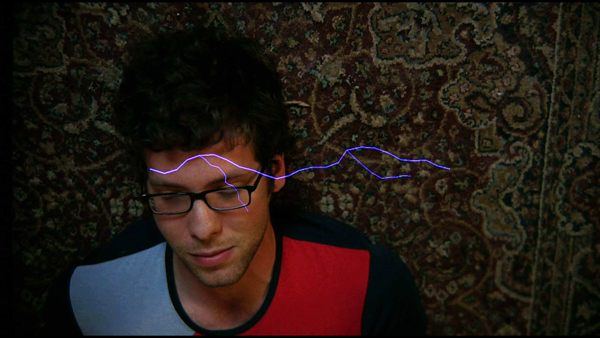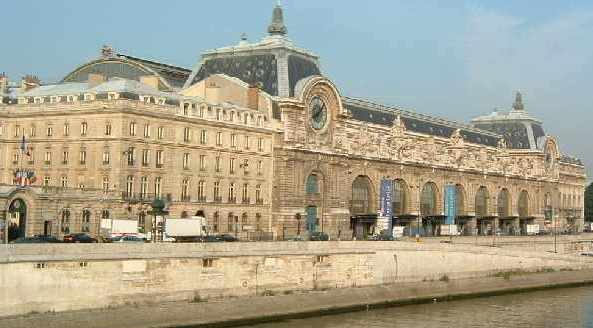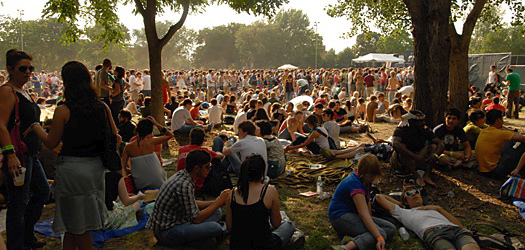
St Mark's Church in-the-Bowery, New York City, photo by: Momos
The land on which this strange road and historical church sit was once the home to Petrus Stuyvesant, the last Dutch Director-General of the colony of New Netherland (New York) from 1647 until it was ceded to the English in 1664. It was here that Stuyvesant built a farm for his family and a chapel for them to worship. For over a 130 years, the Stuyvesant chapel stood and in 1678, Petrus was laid to rest in a vault underneath.
In 1793, Stuyvesant’s great-grandson donated the chapel to the Episcopal Church with the stipulation that a new church be built on the site, with founding father Alexander Hamilton provided legal aid in incorporating St. Mark’s Church as the first Episcopal Parish independent of Trinity Church in the United States. It is this new church, consecrated in 1799, which we see today, at 131 East 10th Street.
St. Marks today is a popular congregation with a large musical and art contingent to its services. One wonders if it is all the noise that keeps Petrus Stuyvesant awake a night; it is said that his ghost is seen to roam the chapel and its grounds making the church not only one of the most interesting places from New York City history, but also the most haunted.
 MUSEYON BOOKS Smart City Guides for Travel, History, Art and Film Lovers
MUSEYON BOOKS Smart City Guides for Travel, History, Art and Film Lovers


